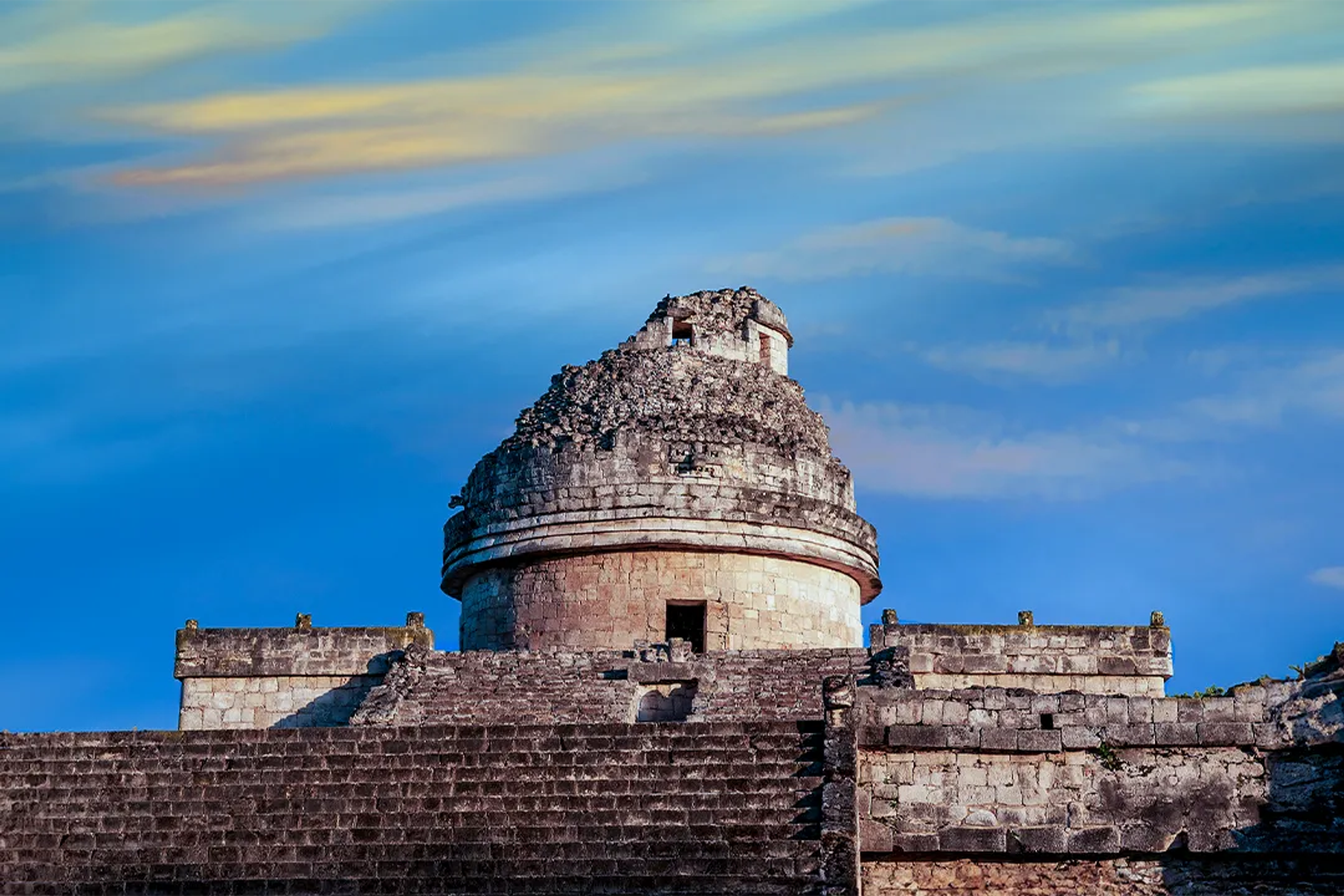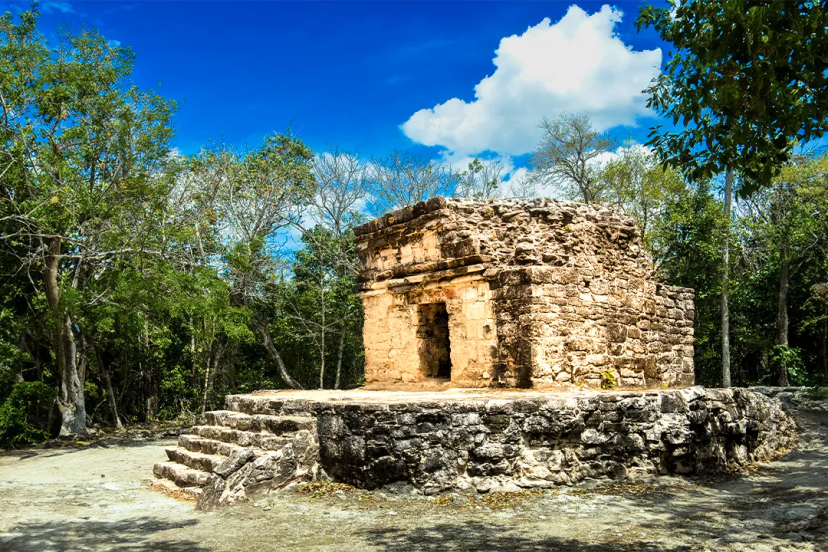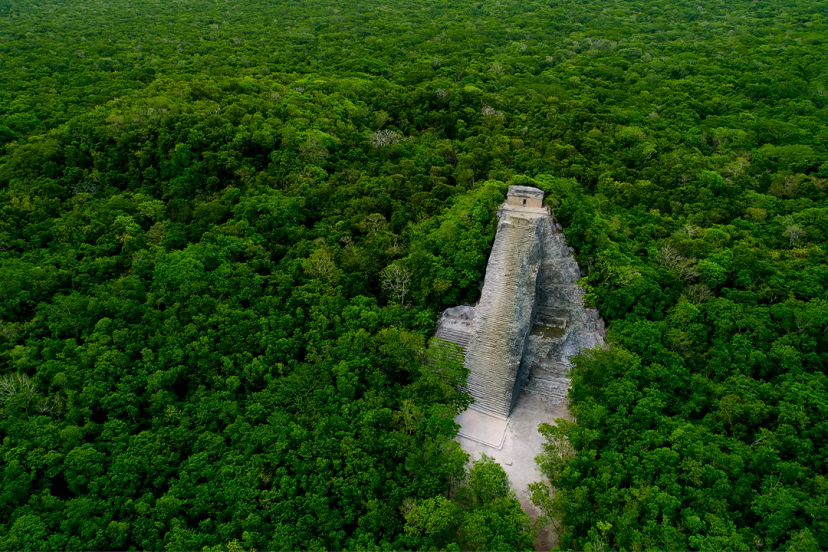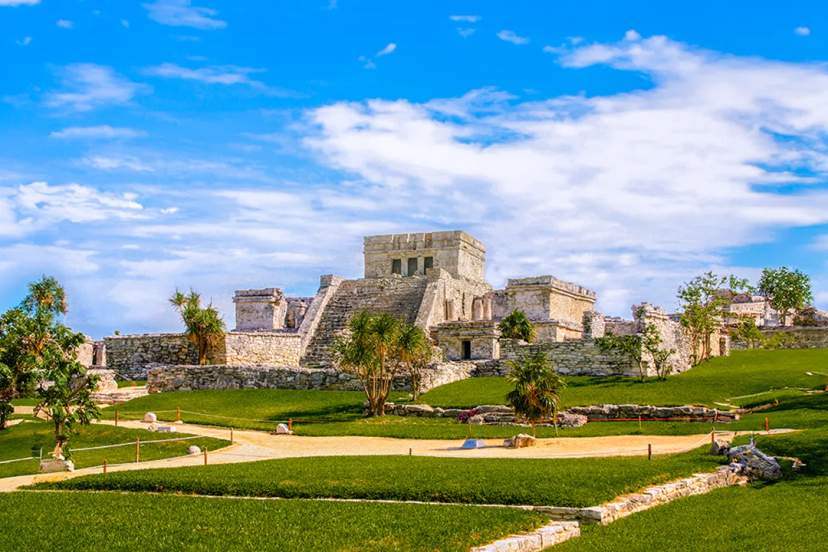Explore the fascinating history of Mayan culture among the ruins of Chichen Itza
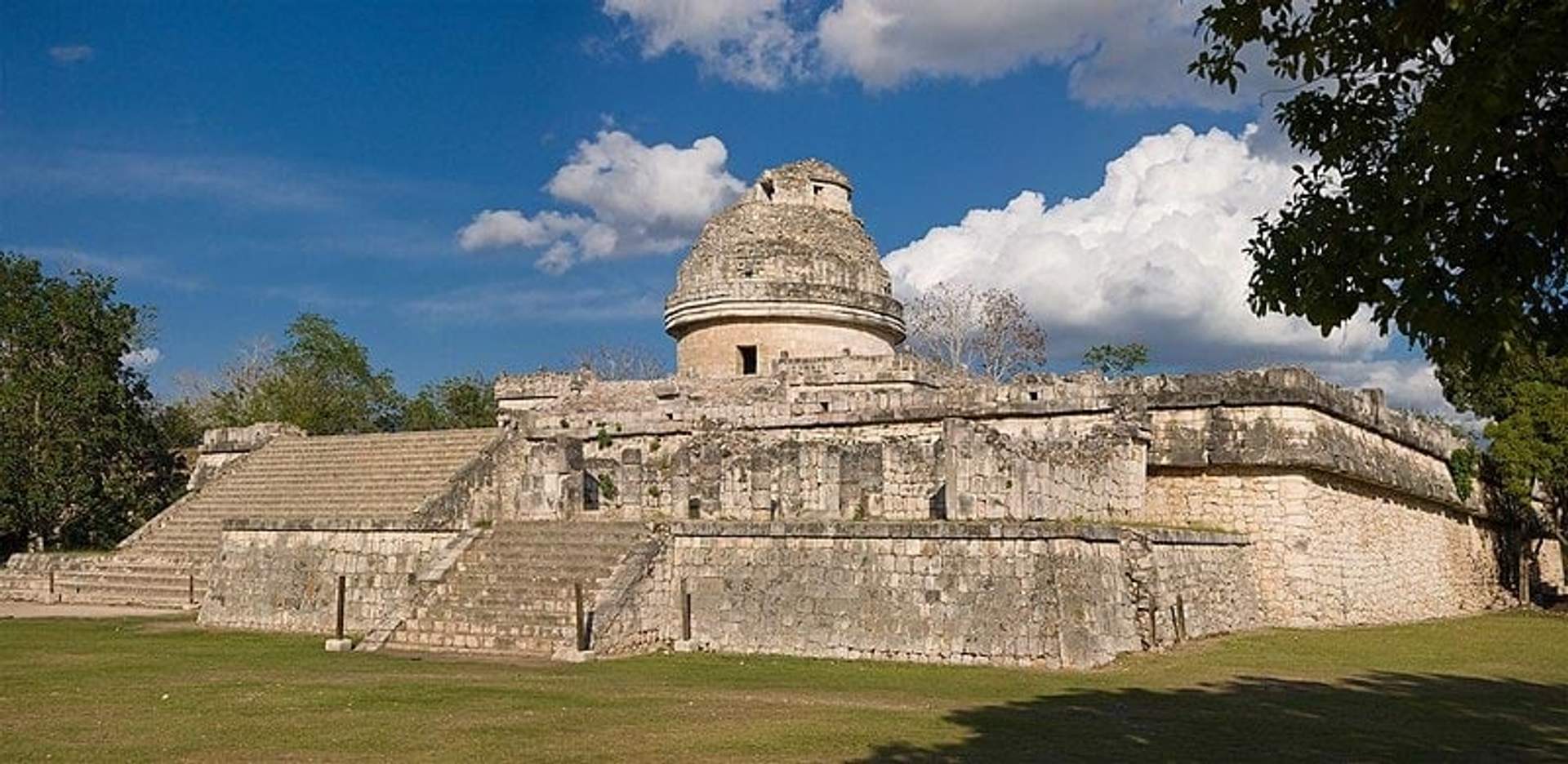
Chichen Itza was an ancient Mayan city and is the largest archaeological site in Mexico. The site sits upon uneven ground and was built between 750 and 900 AD. Large areas of the city were leveled to build the structures that can still be viewed today. Chichen Itza has several distinct groupings of structures separated by low walls. These groupings are the Great North Platform, the Osario Group, and the Central Group.
The Central Group includes several of the most iconic and fascinating structures at Chichen Itza including:
- Las Monjas
- El Caracol
- Temple of the Wall Panels
- Akab Dzib
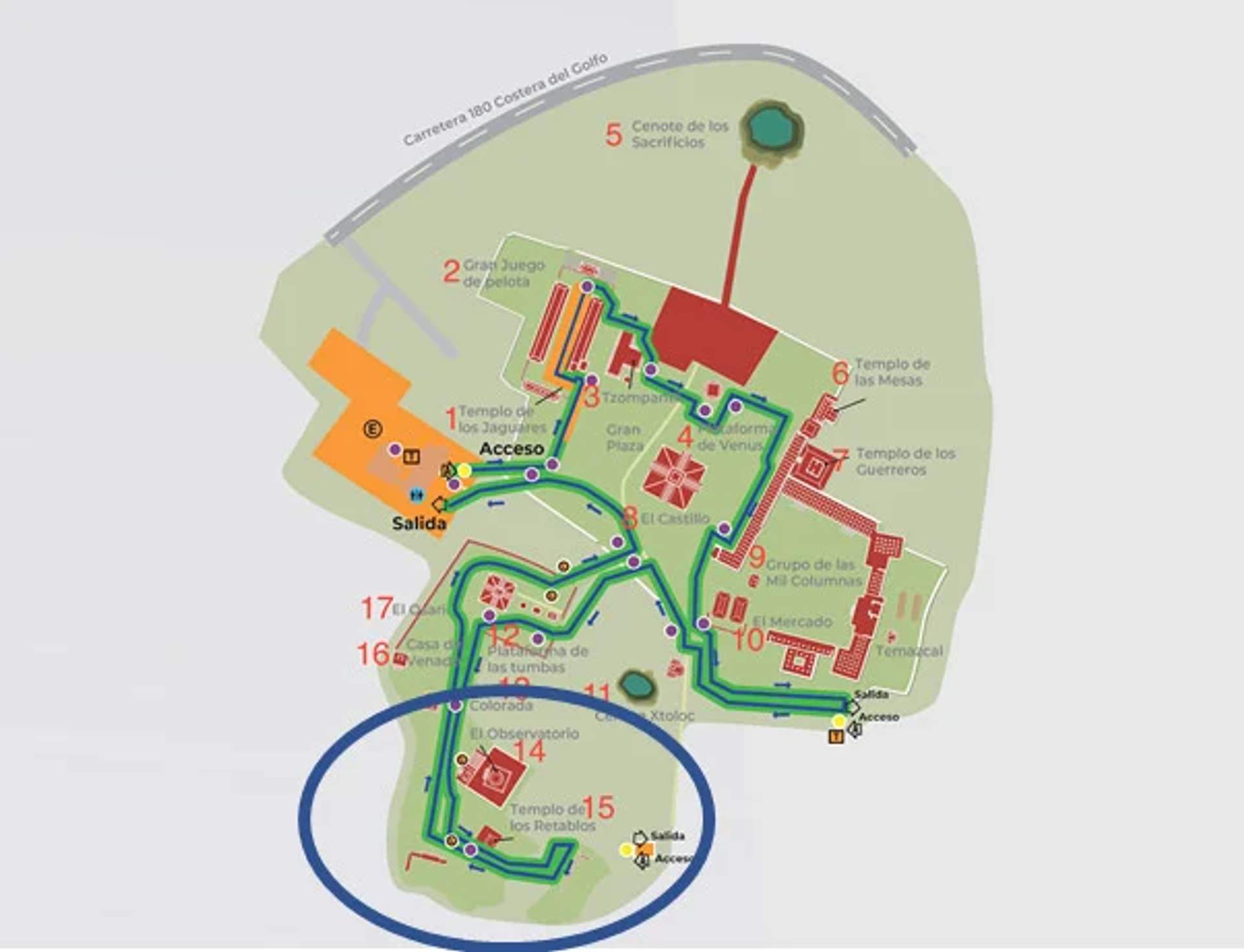
Las Monjas
Las Monjas is a complex of Terminal Classic structures that contain both Mayan-Toltec and Puuc architectural styles. It was likely a government complex or palace. The Spaniards named the structure, translated to “The Nunnery”, likely because it resembled a convent. The complex contains many rooms on three floors. The main building has six distinct construction stages, indicating it was occupied for a long period of time.

The eastern chamber of the complex is among the most striking and luxurious architecture of Chichen Itza. Here you can find a hieroglyphic inscription on the door that dates the structure to 880 AD.
The southeast building of the Las Monjas complex was built in the time of the Itzaes, who worshiped Kukulkan. A different architectural form can be found in this structure, including the use of columns with bas-relief that were used to support wooden lintels and jambs.
East of the complex is a small temple known as “La Iglesia” that has carvings of elaborate masks.
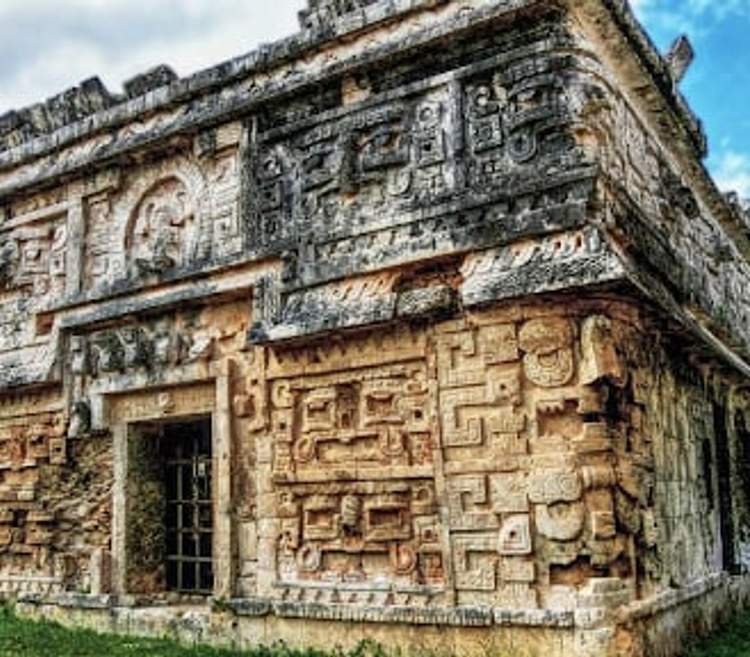
El Caracol - The Observatory
El Caracol is a large circular structure on a rectangular platform. The structure gets its name from the spiral stone staircase inside. The building sits on a large platform that measures 67 meters by 52 meters. The observatory itself is 16 meters in diameter and 5 meters high. The third level is in ruins, but contains a series of windows likely used for celestial observations.
The main purpose of the structure was to follow the trajectory of Venus. The observatory would have also been used to define dates for sacred rituals, cultivation and agricultural cycles. Similar structures can be found at other sites of ancient Mayan cities.
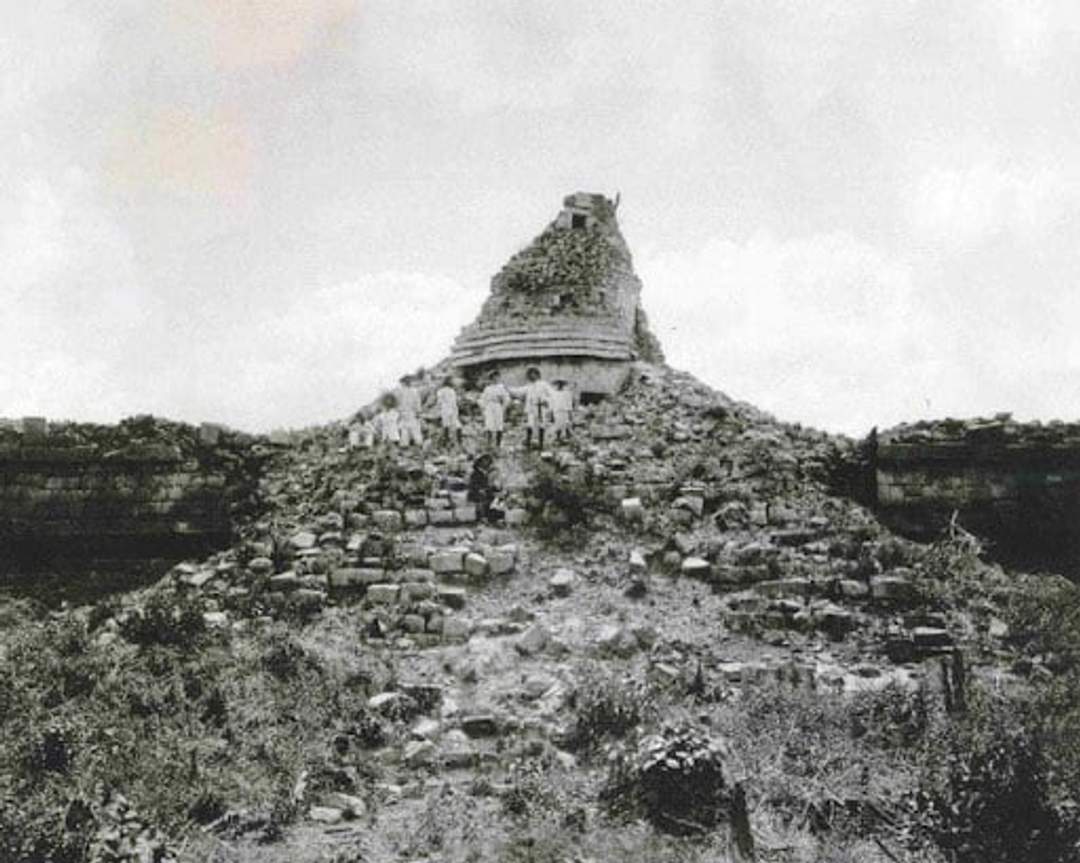
Temple of the Wall Panels
A temple that was named for the carvings on the north and south walls. The images depict a battle for the control of Chichen Itza. There are also reliefs of animals and plants.

Akab Dzib
Akab Dzib is a long building, 50 meters in length but only 6 meters high. The name means “Dark Writing” in Yucatec Mayan, after the undeciphered hieroglyphs found on the inner doors of the southern chamber. The original structure has been dated to 869 AD.
Akab Dzib is one of the few structures at Chichen Itza built directly on the ground. The entire structure contains three sections with 18 seperate chambers. The chambers have ashlars on the eastern facade, and are roofed with Mayan Vaults (or false arches). Some rooms contain hands painted in red that may be related to Kabul, God of the Celestial Hand. The eastern facade is thought to be the front of the structure, and looks out over a steep, dry centote.
Restoration of the building was completed in 2007. It is believed to be the home of the administrator of Chichen Itza, Kokom Yahawal Cho’K’Ak’.
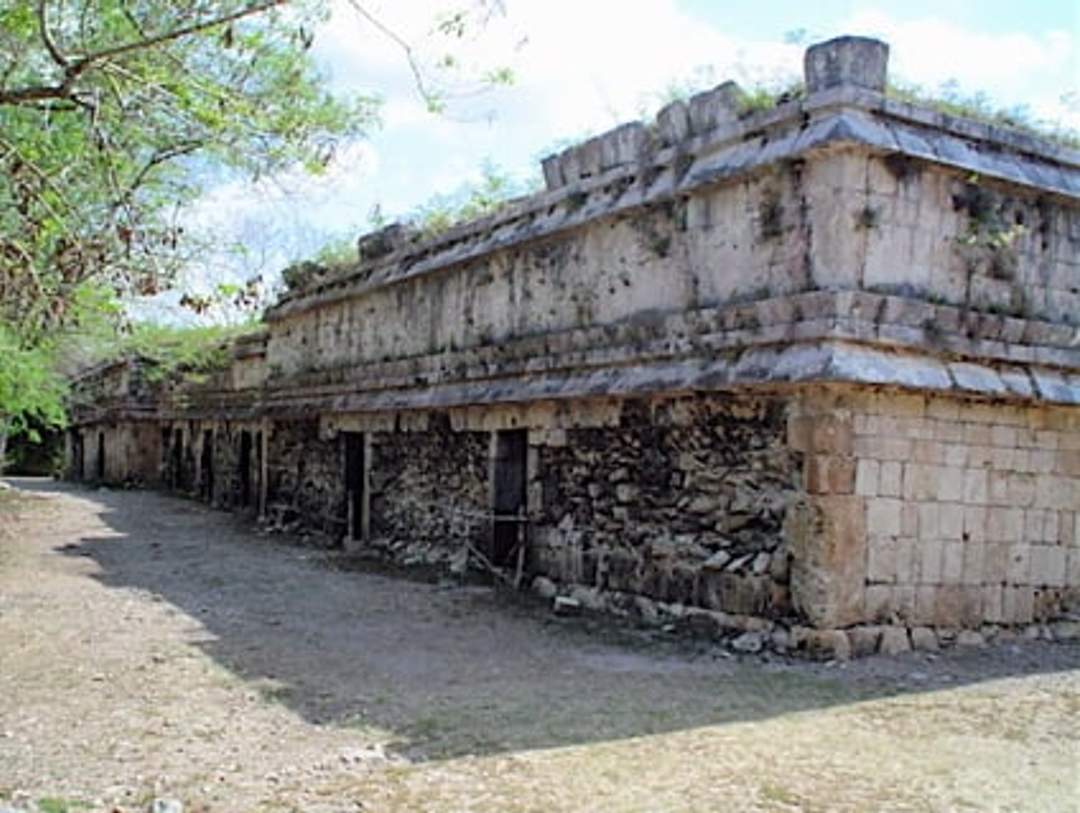
Explore the ancient Mayan structures of the Central Group on your next visit to the Mayan Riviera. Book your Chichen Itza Tour with Cancun Adventures.
